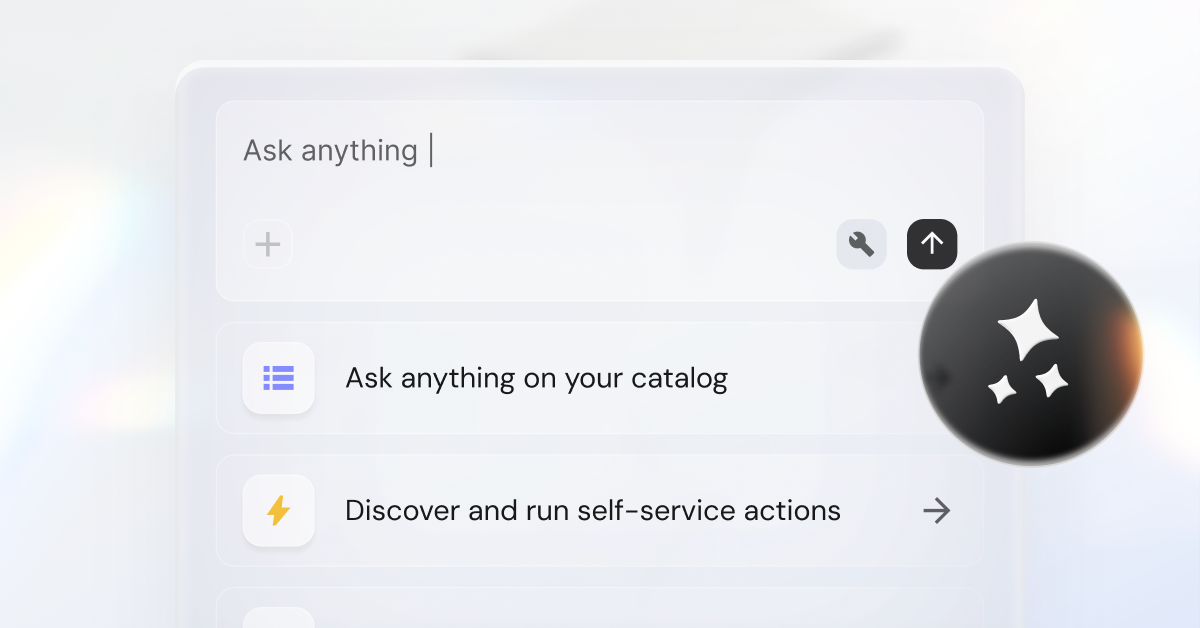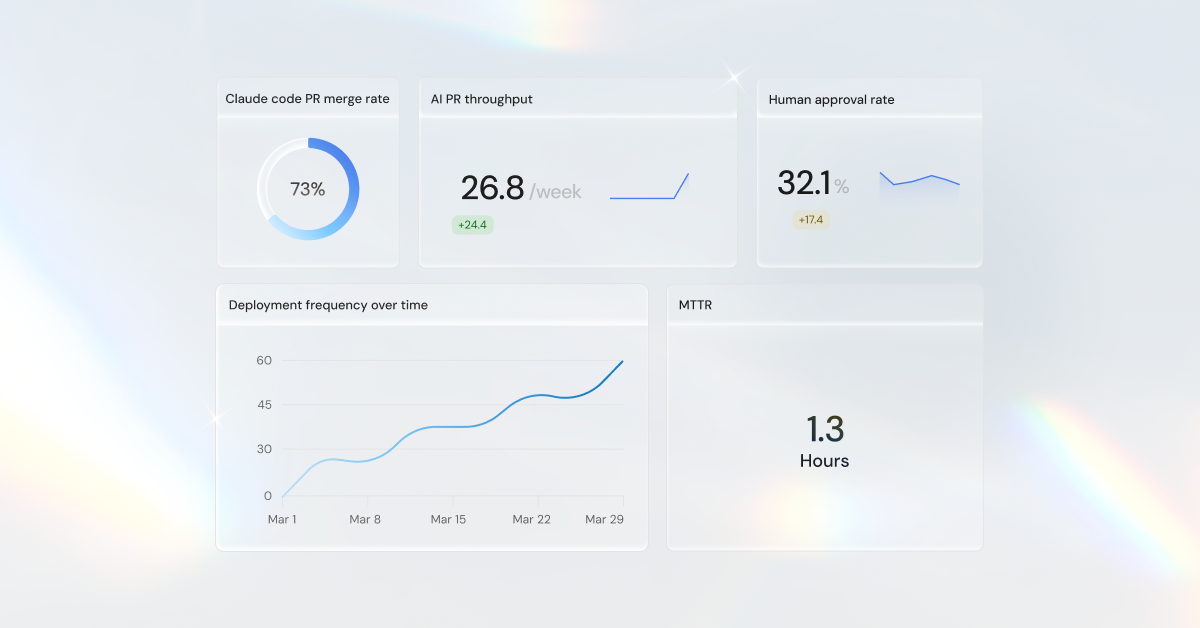Port adds cloud cost management to its no-code internal developer portal to enable simple FinOps for platform engineering


.png)
Introduction
Port announced today that its no-code internal developer portal now brings FinOps insights into the portal, allowing FinOps, DevOps and platform engineering teams to stay on top of cloud costs, rightsize spend and drive a more cost-conscious engineering culture without spending hours to get the basic reporting in place.
Today, most cloud resource cost reporting tools report data about cloud resources, such as S3, EC2 etc or kubernetes objects such as deployment, service, namespace, clusters and more. “The problem is that this type of reporting makes sense from the cloud resource provider point of view but is almost meaningless from the point of view of developers, teams and business owners, since it doesn’t tie into the microservice or system each of them are responsible for” said Yonatan Boguslavsky. Typically, to understand costs in a way that makes sense for developers and business teams, an extensive tagging effort is required within the cloud resource cost tracking tools. While this is feasible theoretically, it requires discipline and labor and is usually not done as it should be. “Internal developer portals and their broad software catalog can solve this problem” said Boguslavsky.
Internal developer portals lie at the center of the platform engineering revolution and support more than just developer self-service and abstraction. At their core lies a broad software catalog which contains a real time view of all software and infrastructure, including cloud resources. As such, the software catalog can show microservices, cloud resources and dependencies relating to teams, developers, services, systems and domains. Using integrations it takes minutes to add cloud cost data to Port’s software catalog, and all the data will be immediately mapped to developers, teams, microservices, systems and domains. Doing this in Port’s internal developer portal platform makes it easy to query the data and create reports on cloud cost per team, developer, service, system and domain.
“Software catalogs contain everything about costs, services, cloud resources, CI/CD and more. As such, they contain a real time snapshot of everything in the engineering environment, and are easily searchable” says Zohar Einy, CEO of Port. “Internal developer portals are about unifying information and reducing cognitive load. Developers track bugs or user counts on one central screen, sometimes even a large screen in a central place in the workplace. Why shouldn’t cost data be presented in a similar way?”, said Einy.
“This can be taken even further” said Einy. “You can create scorecards for cost to create a cost-conscious engineering culture and to rightsize costs without adding cognitive load to developers. You can also use workflow automation to identify issues and send alerts to the right people” Another option, adds Einy, is to get developers to add descriptions to services that capture their expected resource usage and cost.
{{cta_3}}
About Port
Port is a platform for building no-code, holistic, Internal Developer Portals. Port’s software catalog covers microservices, resources, custom assets and fits any data model, with in-context maturity scorecards. Its portals support any developer self-service action and workflow automation. You can read more at port.io or see a live demo at demo.port.io
Get your survey template today
Download your survey template today
Free Roadmap planner for Platform Engineering teams
Set Clear Goals for Your Portal
Define Features and Milestones
Stay Aligned and Keep Moving Forward
Create your Roadmap
Free RFP template for Internal Developer Portal
Creating an RFP for an internal developer portal doesn’t have to be complex. Our template gives you a streamlined path to start strong and ensure you’re covering all the key details.
Get the RFP template
Leverage AI to generate optimized JQ commands
test them in real-time, and refine your approach instantly. This powerful tool lets you experiment, troubleshoot, and fine-tune your queries—taking your development workflow to the next level.
Explore now
Check out Port's pre-populated demo and see what it's all about.
No email required
.png)
Check out the 2025 State of Internal Developer Portals report
No email required
Minimize engineering chaos. Port serves as one central platform for all your needs.
Act on every part of your SDLC in Port.
Your team needs the right info at the right time. With Port's software catalog, they'll have it.
Learn more about Port's agentic engineering platform
Read the launch blog
Contact sales for a technical walkthrough of Port
Every team is different. Port lets you design a developer experience that truly fits your org.
As your org grows, so does complexity. Port scales your catalog, orchestration, and workflows seamlessly.

Book a demo right now to check out Port's developer portal yourself

Apply to join the Beta for Port's new Backstage plugin
Further reading:

Learn more about Port’s Backstage plugin















.png)


